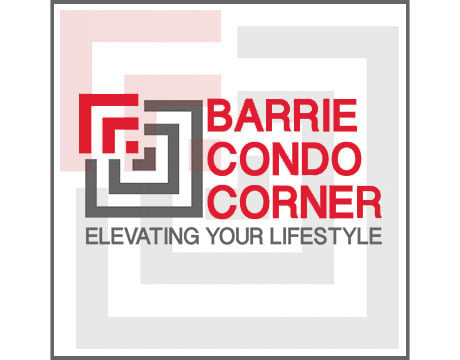Condo Ownership
A Condominium can be detached, semi-detached, row townhouses, stacked townhouses, duplexes or apartment style; low, mid or high-rise. When you buy a condo, you own the title of your unit(s) outright and a financial share of the building’s common elements.
When purchasing a Condominium, not only are you buying your individual unit but also a share in the Condominium Corporation that owns and maintains the land and all of the common elements of the building; elevators, outside grounds, parking, to name a few. It is just as important that the Corporation is in good condition as your individual unit.
To find out if the Corporation is in good standings, you should request a ‘Status Certificate’ as part of any offer and have your lawyer review it. In this documentation you will be able to review building financials & Reserve Fund, see if there are any judgements in place, and review how many units are being rented out. It is also important to review the rules and regulations of the building in case you are not comfortable with any that are in place, such as pet restrictions.
When looking at condominiums, you should also consider the building itself. The choice of the building has a large impact on the ‘lifestyle’ you would like to have. The ‘building lifestyle’ is determined by three factors:
- Amenities
- Location
- Mix of Owners
Types of Condominiums
1. Standard Condominiums
2. Phased Condominiums
3. Common Element
4. Vacant Land
5. Leasehold
1. A Standard Condominium is created when a declaration and description are registered at the land registry office. It is a mix of separate owned units and common elements. A Phased Condo normally happens when a large condo development is being built. There is the ability to add units and/or common elements that are built onto the original condominium. Once all phases are completed, the complex operates as a standard condominium.
2. With a Common Element Condominium, there are no units. Examples of common elements are roadways, sewage systems and/or recreational facilities such as; ski hills or golf courses. The benefit of using the common elements and the corresponding
responsibility to pay for the cost of operating the common elements are attached to the “parcels of tied land”.
3. Vacant Land Condominiums are those where there are no buildings or structures on land at the time the Declaration and description are registered. This allows a developer to build the individual dwelling when the vacant land units are sold. Vacant land Condominiums cannot be leasehold Condominiums or common element Condominiums, but they can be a phased Condo.
4. A Leasehold Condominium is a Condominium developed on land that is not owned by the Condominium or its owners, but is leased from an owner agreeable to a ground lease. They are a more affordable condo type because the land cost component is amortized over a 40 to 99 year lease.
If you have any additional questions regarding condominium ownership, please do not hesitate to get in touch.
Read more about condominiums:
The Reserve Fund
Don't Fear the Condo Fee
The Status Certificate
Would like stay up to date on the Barrie condo market? Subscribe to my monthly market report TODAY!
There's a difference between working with an agent and working with a CONDO AGENT. Make the right decision and WORK WITH AN EXPERT!


Ashley Lamb
REALTOR®
Contact Information
E-mail Address:
Office Phone:
Cell Phone:

